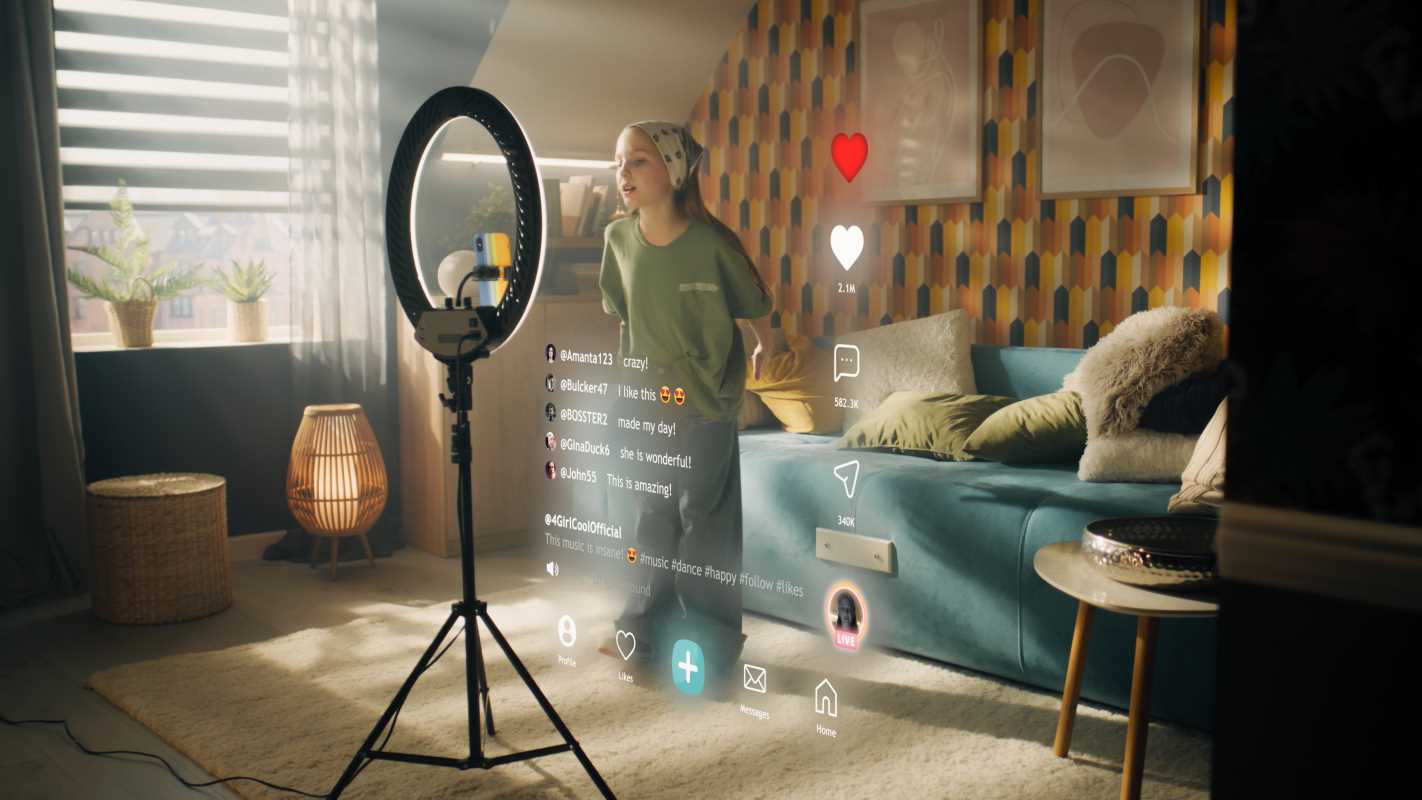Remember the days when you had to wait a whole week for the next episode of your favorite show? If you missed it, your only options were catching a rerun (if it aired again) or reading a recap in the TV guide. Those days are long gone. Today, most people don’t just watch TV—they binge it.
Binge-watching, or watching multiple episodes of a show in one sitting, has become the default way to enjoy television. Streaming services like Netflix, Hulu, Disney+, and countless others have fundamentally changed how we consume entertainment, making it easier than ever to power through entire seasons in a single weekend.
But how did we get here? When did binge-watching become the new normal? And what does this shift mean for storytelling, social interaction, and even our health? Let’s break it down.
The Birth of the Binge
While the term “binge-watching” wasn’t widely used until the 2010s, the concept of watching multiple episodes back-to-back has been around for decades. Think about movie marathons or catching up on a miniseries over a few nights. However, the accessibility and ease of modern binge-watching are distinctly products of the digital age.
In the early 2000s, TV networks started releasing full seasons of shows on DVD. Suddenly, fans could watch every episode of a season at their own pace—no commercials, no waiting. This was a game-changer, giving viewers unprecedented control over their viewing habits. It allowed for deeper immersion in complex narratives and character arcs.
However, binge-watching truly exploded with the rise of streaming services. In 2013, Netflix took things to a whole new level by releasing the entire first season of House of Cards all at once. Instead of waiting for weekly episodes, viewers could sit down and watch all 13 episodes in one go.
This approach was so successful that Netflix (and later other streaming platforms) made binge releases their standard model. This "all-at-once" approach became a defining characteristic of streaming television, setting it apart from traditional broadcast models.
From there, binge-watching quickly became the new way to watch TV. Other streaming services followed suit, and soon, people weren’t just watching TV shows—they were consuming them in massive chunks.
Why People Love Binge-Watching
Let’s be honest—binge-watching feels good. There’s something exciting about diving deep into a story without stopping. It's like reading a good book that you just can't put down. But why do we enjoy it so much?
- Instant Gratification: No more waiting a whole week to see what happens next. The next episode is just a click away. This instant gratification taps into our desire for immediate rewards and makes it hard to resist the temptation to keep watching.
- No Commercials: Traditional TV was filled with ad breaks, interrupting the flow of the story. Streaming cuts those out, making the experience seamless and more immersive. This uninterrupted viewing experience is a major draw for binge-watchers.
- Control Over Your Schedule: You decide when and how much to watch. Want to finish a season in a day? Go for it. Prefer to spread it out? That works too. This level of control appeals to our desire for autonomy and flexibility.
- Better Storytelling Experience: Some shows, especially those with complex plots, are easier to follow when watched in big chunks. It’s easier to keep track of details when you don’t have to remember what happened last week. This is particularly true for serialized dramas with intricate storylines and interconnected characters.
The Downsides
Of course, it’s not all good. While binge-watching is fun, it also comes with some downsides.
- Time Disappears: You tell yourself you’ll watch “just one more episode,” and suddenly it’s 3 AM. Binge-watching can be a major time sink, leading to procrastination and neglecting other responsibilities.
- Less Time to Process the Story: With weekly episodes, fans used to discuss theories and build anticipation between episodes. With binge-watching, everything happens so fast that there’s less time to absorb and appreciate the story. The shared experience of waiting and discussing a show with friends and family is often lost.
- Sleep Disruptions: Watching TV late into the night can mess with your sleep schedule, making it harder to function the next day. The blue light emitted from screens can also interfere with melatonin production, making it harder to fall asleep.
- Fewer Social Interactions: Bingeing alone with headphones means less bonding time with family and friends. While watching a show together can be a social activity, solo binge-watching can lead to isolation and reduced real-life interaction.
A Hybrid Model Emerges
Interestingly, some streaming services are going back to weekly releases. Disney+, HBO Max, and Amazon Prime Video have revived the old-school method of releasing one episode per week for their biggest shows (The Mandalorian, House of the Dragon, The Boys). Why?
- Keeps Viewers Engaged Longer: A weekly release keeps fans talking about a show for months instead of just a weekend. This creates sustained buzz and generates more social media discussion.
- Builds Anticipation: The wait between episodes makes big moments feel more exciting. This "water cooler" effect allows for speculation, theories, and shared anticipation.
- More Social Interaction: People discuss, debate, and speculate between episodes, keeping the excitement alive. This fosters a sense of community among viewers.
Even Netflix, the company that popularized binge-watching, is experimenting with weekly releases for certain shows. While bingeing isn’t going away, it looks like we might be moving toward a hybrid model—some shows will drop all at once, while others will stick to a weekly schedule.
The Best of Both Worlds?
Binge-watching has undeniably changed the way we experience TV. It gives us more control over how we watch, making it easier to enjoy our favorite shows at our own pace. But it’s not without its downsides—losing track of time, lack of sleep, and missing out on the excitement of weekly discussions.
So, is binge-watching here to stay? Yes—but it’s evolving. While we’ll always love the freedom of streaming, there’s a growing appreciation for the old-school, one-episode-per-week format.
Thus, we may get the best of both worlds. We may see a future where creators and platforms offer a mix of release strategies, allowing viewers to choose how they want to experience their favorite shows. Whether you prefer bingeing an entire season or savoring a show slowly, one thing’s for sure—TV will never be the same again.
.jpeg)


.jpeg)
.png)
.png)

.png)